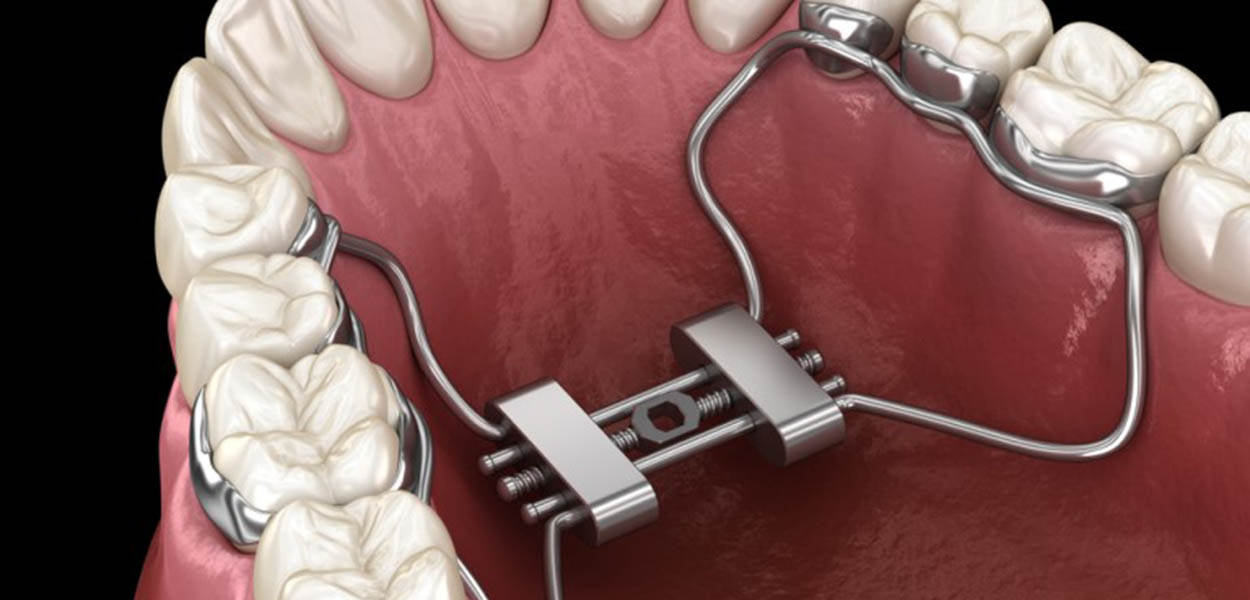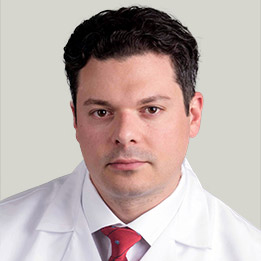Could You Benefit from MSE Mini-Screw Expansion?

Kenilworth, IL – A narrow upper jaw is a very common issue that orthodontic patients of all ages can face. Younger patients have the benefits of a jaw that is still growing, so orthodontists can work to expand the still-growing jaw. For these patients, their upper jaw hasn’t fused together yet, so a palatal expander can easily widen the upper jaw.
But what happens in older patients who do not have this benefit? In the past, the answer was usually surgery, utilizing a more invasive procedure called surgically assisted rapid palatal expansion to correct their jaws. Today, however, maxillary skeletal expanders using TADS in the palate can be used to achieve this growth.
The benefit of this is that it offers patients a non-invasive way to correct their maxillary transverse deficiency. Developed by Dr. Won Moon, these devices use four temporary anchorage devices that are fixed in the palate and a wrench for activation. This is attached to two molar bands via legs for stabilization.
“This is an interesting and important step forward in the orthodontic world,” says Dr. Michael Stosich. “I always want to be on the cutting edge of scientific advancements in the orthodontic world. This is one that can benefit many older patients who may otherwise have to undergo invasive surgery to get the smile of their dreams. Not only that, it can have positive results for patients who may suffer from sleep apnea and obstructed nasal passages.”
The procedure works by expanding the maxillary bone, which thereby increases the volume of both the nasal cavity and oral cavity. The orthodontist will place a custom maxillary expander and mini-screws along the mid-palatal suture. The process takes only about 20-30 minutes and is completed under local anesthesia. There should be minimal pain, but an over-the-counter pain medicine should be enough to manage any discomfort felt. Once in place, the patient will turn a screw to activate the expander. This will be done every day for 4-6 weeks.
The expander works to split the suture of the upper palate and will be kept in place until new bone forms. This can take 4-6 months. Patients may experience a gap between their front teeth because of the movement created by the device, but as the orthodontic treatment proceeds, this gap will be closed, and a stable bite will be created.
Because this type of expansion uses mini-screws to apply the direct force needed to the mid-palatal suture, rather than anchoring to the teeth like traditional expanders do, we can avoid unintended tooth movement. This method allows orthodontists to achieve greater bone expansion while minimizing the side effects.
If you are interested in learning more about MSE and how it may benefit you, Dr. Stosich is ready to discuss his scientific approach to straightening teeth and the options that may be best for your unique situation.


